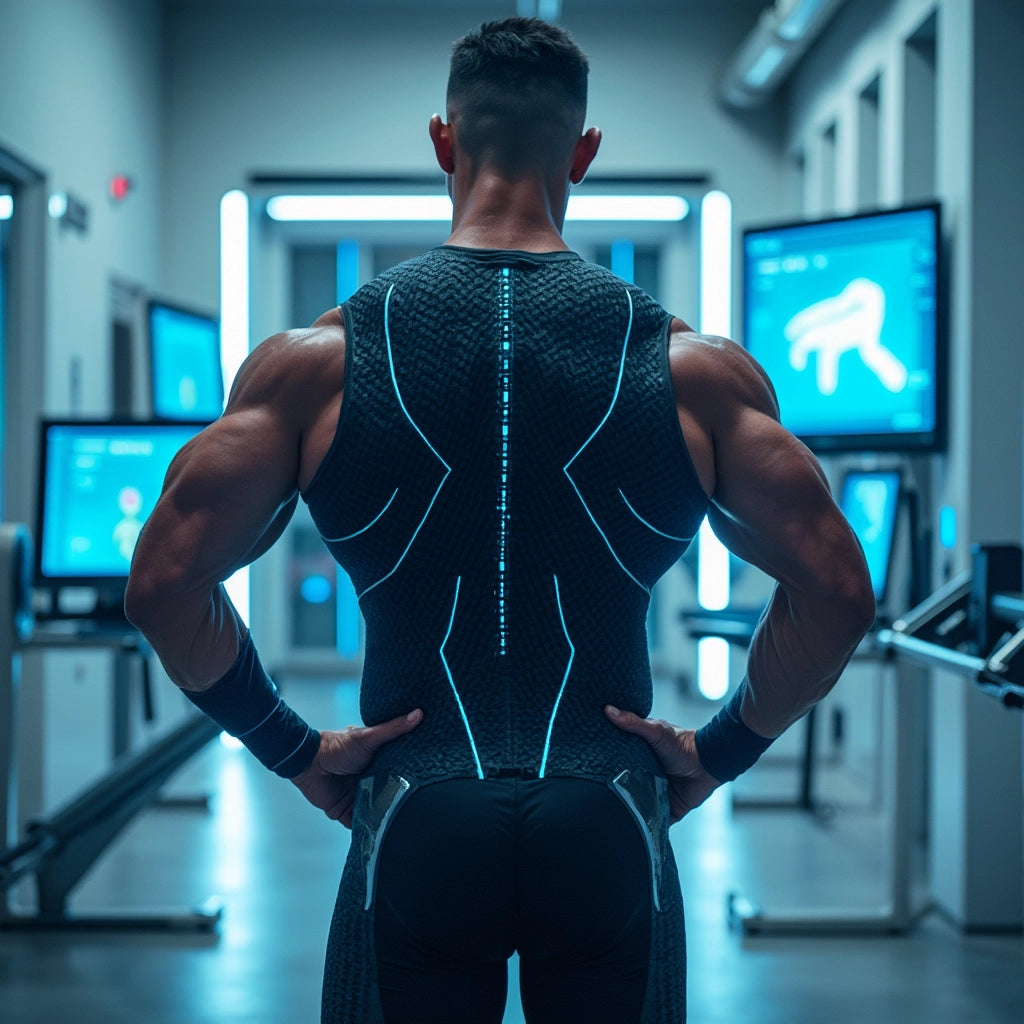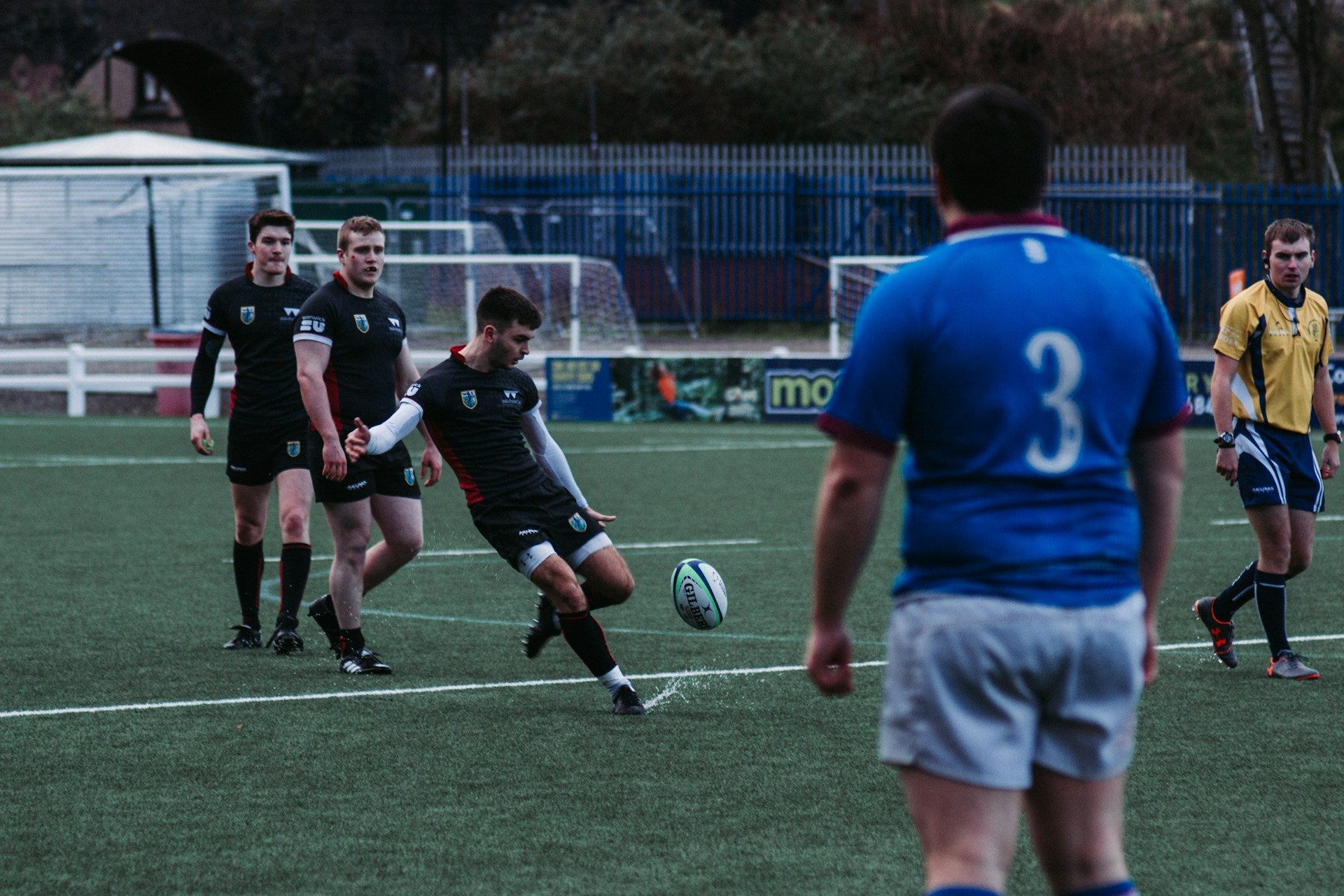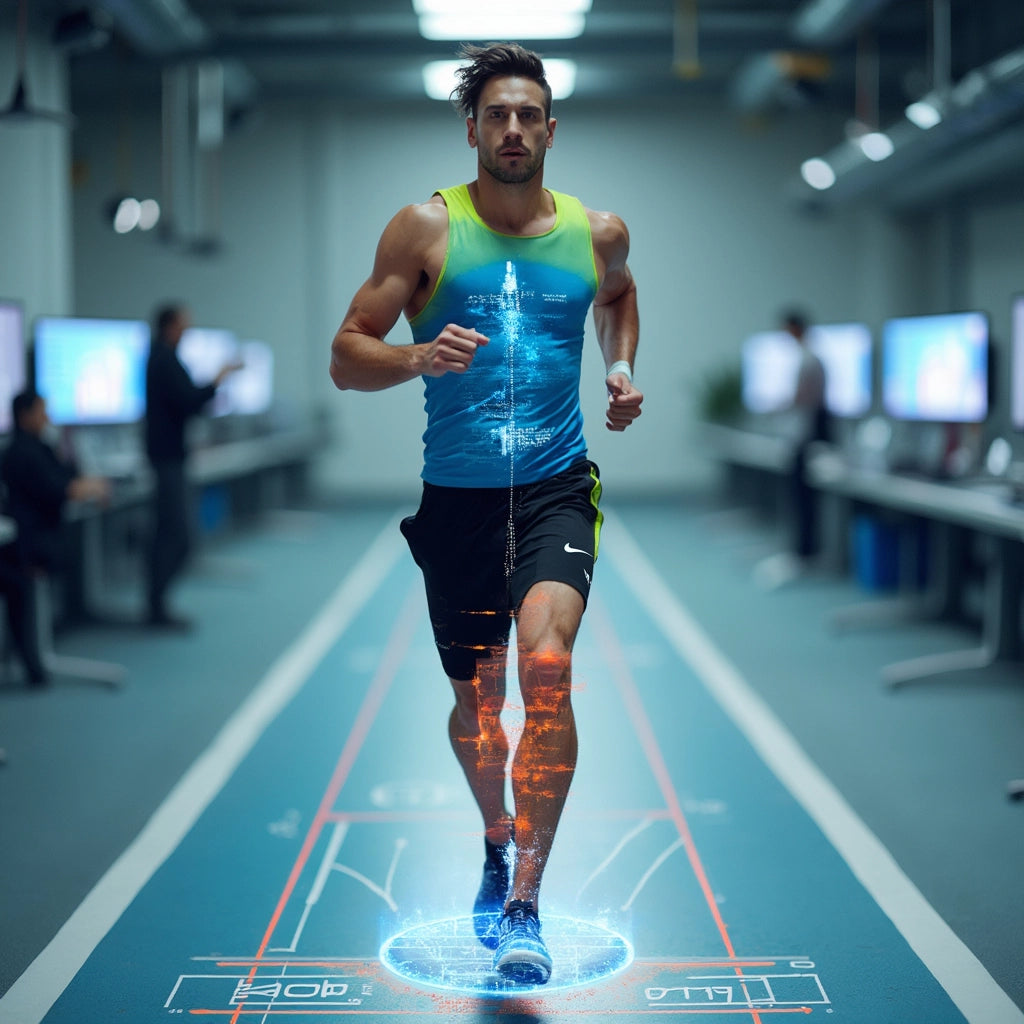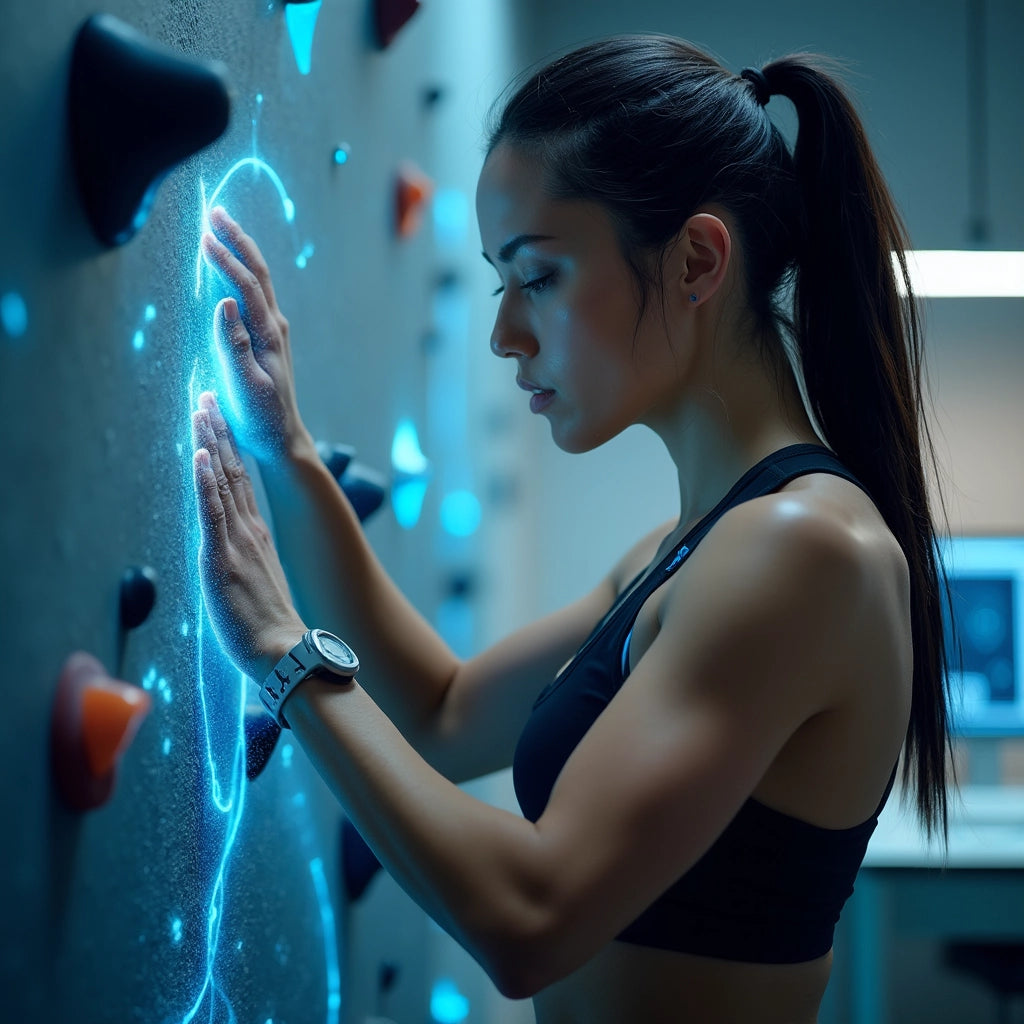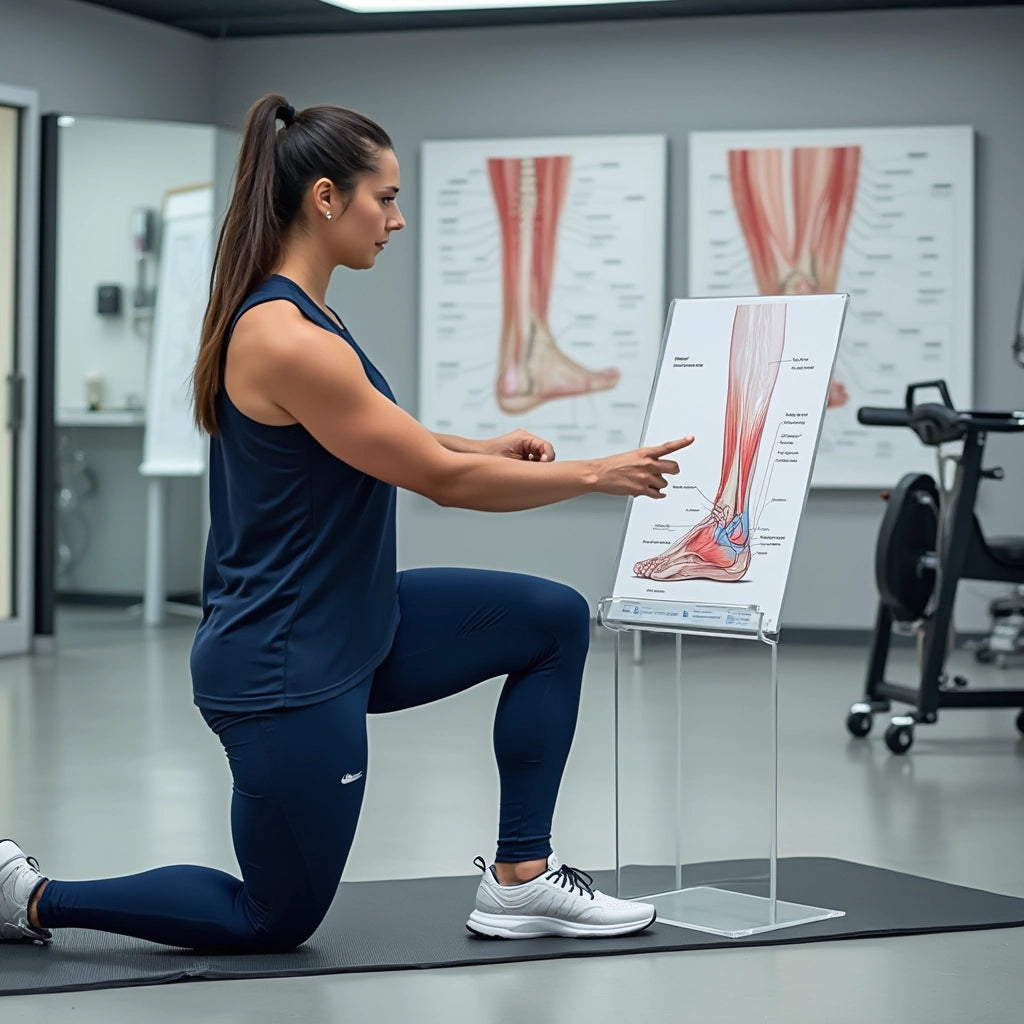Enhancing Athletic Performance: The Science Behind Grip and Neural Processing
Athletes across all sports are constantly striving to improve their performance, speed, agility, and power. While physical training and practice play significant roles in achieving these goals, an often-overlooked aspect is understanding how the brain processes grip and sensory feedback during movement. In this post, we'll delve into the science behind grip, its impact on athletic performance, and how athletes can optimize this process through strategic choices.
The Role of Mechanoreceptors in Athletic Performance
When your feet make contact with a surface, an intricate neurological process begins. Specialized nerve endings known as mechanoreceptors spring into action. These receptors are particularly concentrated in the soles of your feet, acting as sensory instruments that transmit information rapidly to your brain. This creates a complex feedback loop that governs balance, agility, and power output. The sharper the feedback from these receptors, the more precise your body's responses become.
This rapid transmission of sensory information becomes crucial in sports performance. Whether it's making a quick pivot on the soccer field or delivering explosive power off the starting blocks in a sprint, the quality of sensory input directly influences the athlete's proprioception—awareness of their body's position in space. Enhanced proprioception results in better stability, effective movement patterns, and a reduced risk of injury.
Optimizing the Brain-Foot Connection
To maximize performance, athletes can focus on refining the connection between their feet and the surfaces they engage with. Research reveals that the interface between foot and shoe, particularly the sock layer, is vital in transmitting sensory information effectively.
High-performing athletes report a tangible difference in their performance when their gear provides superior surface feedback. This enhancement leads them to feel more "in tune" with their movements, boosting confidence and ultimately improving their performance. Such observations explain why footwear and socks are more than just comfort items for elite athletes; they are fundamental in creating the optimal conditions for precise and speedy brain responses to movement.
Enhancing Proprioception with Equipment Choices
For teams and individual athletes looking to gain a competitive edge, understanding how equipment choices affect this sensory feedback loop is essential. Optimal choices are not purely about aesthetics or trends— they are about science. By focusing on how shoes and socks affect your neural feedback mechanisms, you can significantly impact your athletic performance.
Athletes can consider selecting equipment like custom socks or personalised socks specifically designed to enhance sensory feedback. This strategic approach can turn the difference between good and exceptional performances into a reality. Consider exploring custom options offered by specialists like Nextwave Socks for tailored solutions that optimize your proprioception and stability.
Conclusion
In conclusion, the science of grip and neural processing is fundamental in understanding and improving athletic performance. By paying attention to the neurological processes governing your movements and making informed decisions about your footwear and socks, you can unlock new levels of athletic potential.
Are you ready to explore how optimizing this brain-foot connection can give you an edge in your sport? Explore the best football grip socks to ensure your performance gear stands out. Feel free to share your experiences and thoughts in the comments section below, and let’s engage in a conversation about how science can enhance athletic excellence.


